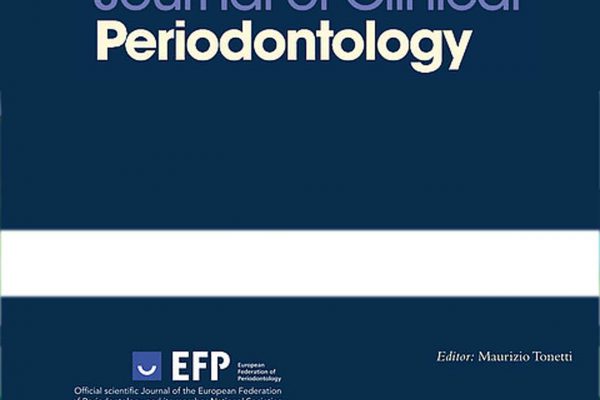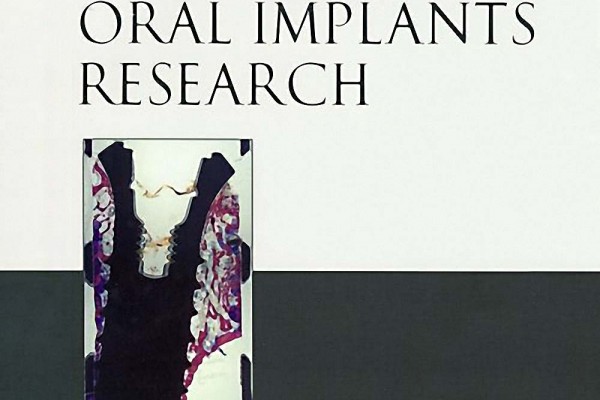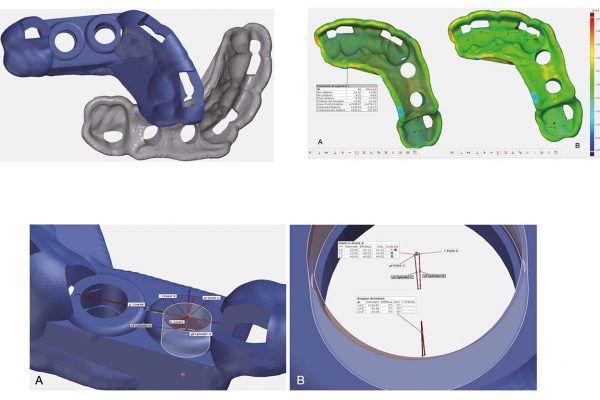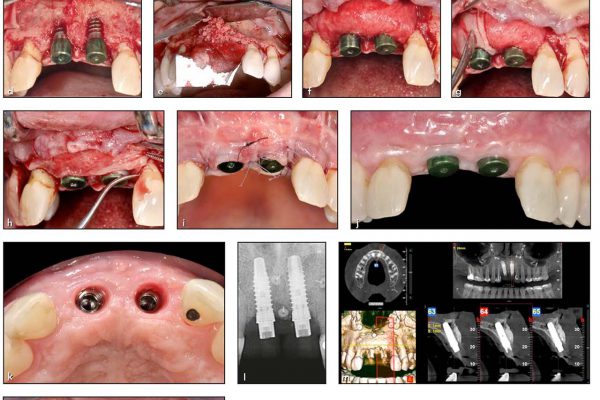Immediate versus early non-occlusal loading of dental implants placed flapless in partially edentulous patients: A 10-year randomized clinical trial
Mauro Merli, Marco Merli, Giorgia Mariotti, Umberto Pagliaro, Marco Moscatelli, Michele Nieri
Aim: To compare immediate versus early non-occlusal loading of dental implants placed flapless in a 10-year, parallel group, randomized clinical trial.
Materials and Methods: Patients were randomized to receive implants for fixed par- tial dentures. The immediate group was represented by immediate non-occlusal im- plant loading, whereas the early group was represented by early non-occlusal implant loading. The outcome variables were implant failure, complications, subjective satis- faction and radiographic bone level at implant sites 10 years after loading.
Results: Sixty patients were randomized: 30 to the immediately loaded group and 30 to the early loaded group. Three patients dropped out in the immediate group, and three patients dropped out in the early group. One implant failure occurred in the early group (p = 1.0). Three complications occurred in the immediate group and four in the early group (RR = 0.75, 95% CI 0.19 to 3.04, p = 1.0). The difference in bone level was 0.1 mm (95% CI −0.2 to 0.5, p = .3752) favouring the early group. Difference in subjective functional satisfaction was 0.2 (95% CI −0.2 to 0.7; p = .3271). Difference in subjective aesthetic satisfaction was 0.0 (95% CI −0.4 to 0.4; p = .9656).
Conclusion: At 10-year follow-up, no differences between implants loaded immedi- ately and early were detected in this randomized clinical trial.
J Clin Periodontol. 2020;00:1–9.





